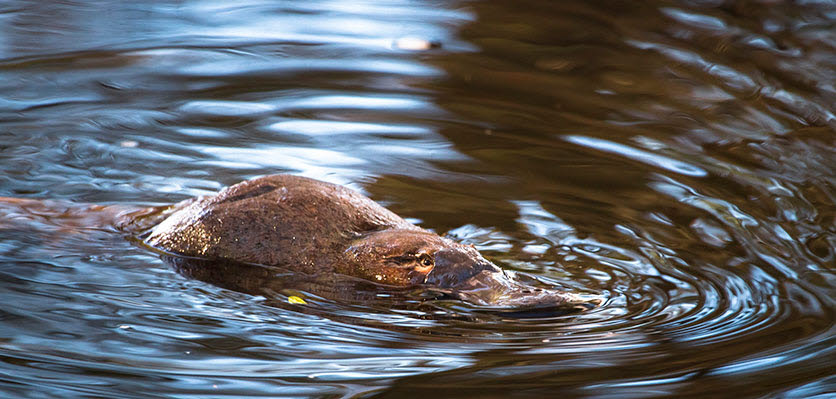
When thinking of environmental contamination, thoughts of oil spills, fertiliser runoff, ozone-depleting gases and plastics littering the environment are often what first come to mind. However, commonly used pharmaceutical drugs are also contaminating the environment and have been detected in trace levels in surface waters around the world.
Researchers have recently been measuring the level of 98 different pharmaceuticals found in aquatic invertebrates and spiders found in streams located around Melbourne, Victoria.1 Antifungal and antidepressants comprised the greatest percentage of drugs detected within the invertebrates tested, with the levels of different drugs varying between streams. From the streams tested, the highest concentration of pharmaceuticals was seen in invertebrates from Brushy Creek which receives treated wastewater from a nearby sewage plant.
Many of the invertebrates tested were found to contain multiple different drugs within their systems. The fact that the spiders which feed on these aquatic invertebrates also showed high levels of drugs indicates that it is not only the aquatic environment that is affected but also surrounding food webs.
Platypuses are another major predator for these aquatic invertebrates as they comprise a majority of their diet. Using the concentrations of the drugs found in invertebrates from Brushy Creek the researchers estimated that platypuses in the area would be receiving over half a daily therapeutic human dose of antidepressants.
At this stage the consequences for the platypus to such chronic exposure to these drugs is unknown but other studies have found that such drug contaminants can alter the timing of insect life cycles and change the behaviour of fish.
As our population continues to grow and the use of pharmaceutical drugs increases, this may pose an additional threat to our natural environments which are already facing a multitude of human-induced threats to their ongoing survival.
Reference:
- Richmond EK, Rosi AJ, Walters DM et al. A diverse suite of pharmaceuticals contaminates stream and riparian food webs. Nat Commun 2018;9,4491. https:// doi.org/10.1038/s41467-018-06822-w
This article appeared in the March 2019 issue of the Australian Veterinary Journal
